Disclosure: This article contains affiliate links. We may earn a commission from purchases at no extra cost to you, which helps our travel content.
The first time I watched the winter sunrise paint gold across the snowy face of Kanchenjunga from Tiger Hill, my camera couldn't capture what my heart felt. That's Darjeeling for you – a place where every corner feels like it was designed specifically for photographers, yet somehow transcends what any lens can fully document. After three visits to this Himalayan gem, I've finally cracked the code to photographing its soul, not just its scenery. This guide is for fellow wanderers who want to capture the authentic spirit of India's most enchanting tea country without breaking the bank.
Essential Gear for Darjeeling's Challenging Light
Darjeeling presents a photographer's paradox: breathtaking scenery with notoriously tricky lighting conditions. Winter mornings bring heavy mist that burns off into harsh mountain sunlight by mid-morning, while afternoons often bring cloud cover that shifts by the minute. After forgetting proper gloves on my first trip and nearly losing feeling in my fingers during a dawn shoot at Tiger Hill, I've learned to come prepared.
Your camera setup doesn't need to be fancy – my mirrorless with a versatile zoom lens handles most situations beautifully. What's critical is protecting your gear from the dramatic temperature changes and occasional drizzle. I swear by my weather-resistant camera bag which keeps everything dry while allowing quick access for those fleeting mountain moments.
For those misty mornings, a lens cleaning kit is non-negotiable. The humidity means your lens will fog constantly as you move between indoor teahouses and outdoor viewpoints. And don't underestimate how cold your hands will get during winter sunrise shoots – I now never travel without my photography gloves that let me adjust settings without exposing my fingers to the biting Himalayan air.
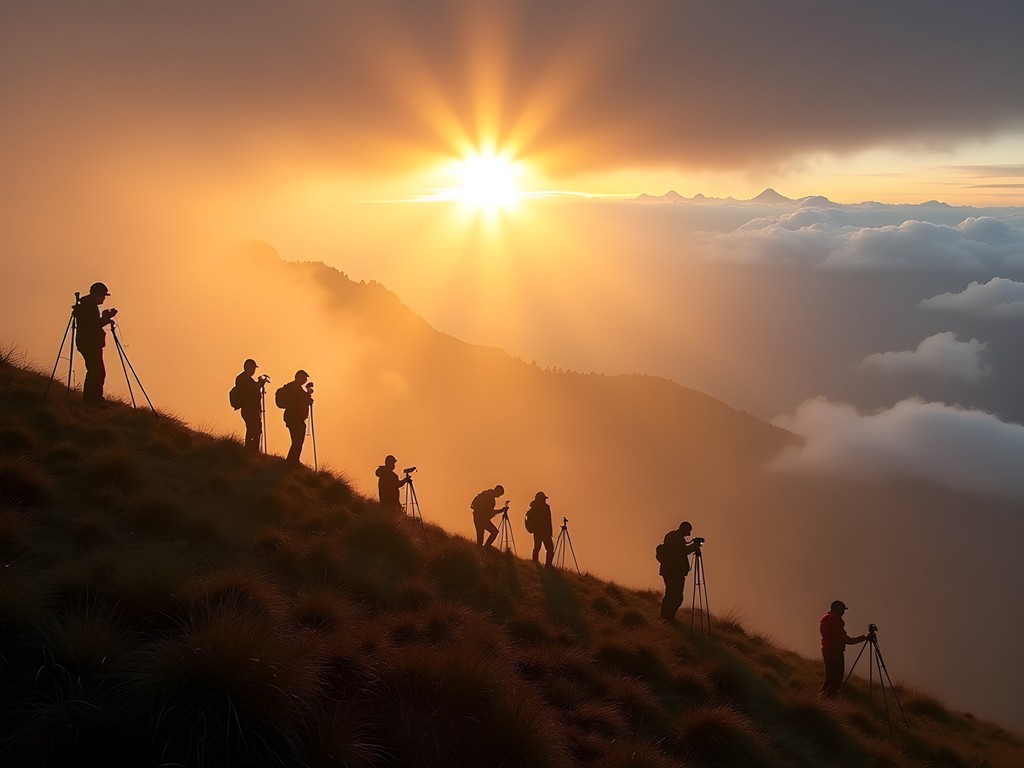
💡 Pro Tips
- Pack silica gel packets in your camera bag to combat the humidity
- Bring a lightweight scarf to drape over your camera during light rain
- Charge batteries the night before sunrise shoots - cold temperatures drain them faster
The Tea Garden Golden Hours: Timing is Everything
My abuela always told me that patience reveals beauty, and nowhere is this truer than in Darjeeling's tea estates. These undulating emerald carpets are the region's postcard stars, but timing your visit makes all the difference between tourist snapshots and breathtaking art.
The Happy Valley Tea Estate, just a 15-minute walk from town, offers the most accessible photography, but arrives between 7:30-9am when the morning mist creates ethereal layers between the tea bushes. The workers begin plucking around this time too, adding human elements that bring scale and story to your compositions. I found that my polarizing filter made a dramatic difference in enhancing the vibrant greens against the often overcast sky.
For something more intimate, hire a local guide (around 500-700 rupees) to take you to the lesser-known Goomtee or Okayti estates. Here, I spent hours photographing the graceful movements of tea pluckers, their vibrant saris creating perfect color contrasts against the green landscape. Always ask permission before photographing workers up close, and consider bringing small instant prints to share with them – this simple gesture opened doors to authentic interactions that became some of my favorite memories and portraits from Darjeeling.
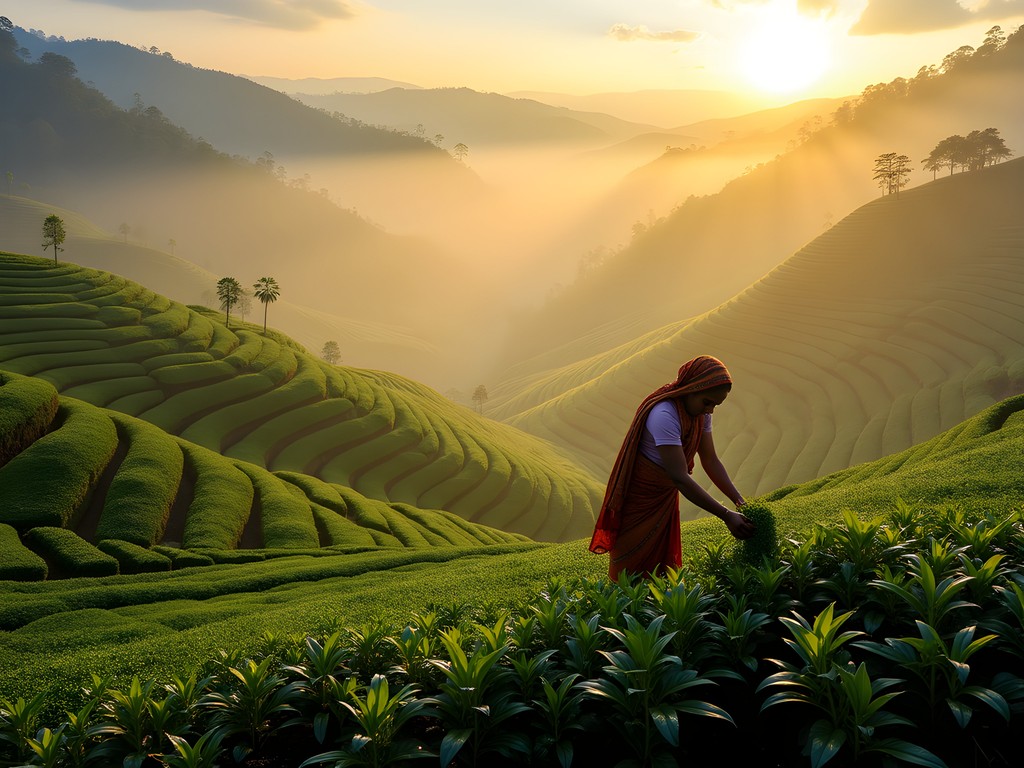
💡 Pro Tips
- Visit tea gardens on slightly overcast days for even lighting and saturated colors
- Bring small denomination rupee notes (10-50) to purchase tea directly from workers after photographing
- Use a polarizing filter to cut glare on the shiny tea leaves and deepen the green tones
Cultural Photography: Markets, Monasteries & Mountain Railways
The heart of Darjeeling beats strongest in its cultural spaces – where my anthropology background finds endless fascination. The narrow lanes of Darjeeling Market become a photographer's paradise between 7-10am when locals shop for fresh produce. The interplay of shadows, vibrant textiles, and weathered faces creates street photography gold, especially if you position yourself where shafts of light cut between buildings.
For monastery photography, visit Ghoom Monastery during morning prayers (6-7am) when monks chant in rooms illuminated by butter lamps. The low light is challenging but creates an authenticity no midday tourist visit can match. I learned to bring my travel tripod despite its weight – the stability for low-light shooting proved worth every extra ounce in my backpack.
The UNESCO-listed Darjeeling Himalayan Railway (the 'toy train') deserves special attention. Rather than just photographing the train itself, I found magic in documenting the interactions between passengers and locals as the train slowly winds through town. Position yourself at Batasia Loop or Ghoom station for those classic steam-against-mountain shots, but don't miss the intimate moments at smaller stops where vendors pass snacks through windows and children wave excitedly.
After long photography days, my muscles would ache from carrying gear up and down Darjeeling's steep streets. My saving grace was a portable massage tool that helped relieve tension in my shoulders and back each evening so I could wake ready for another day of shooting.
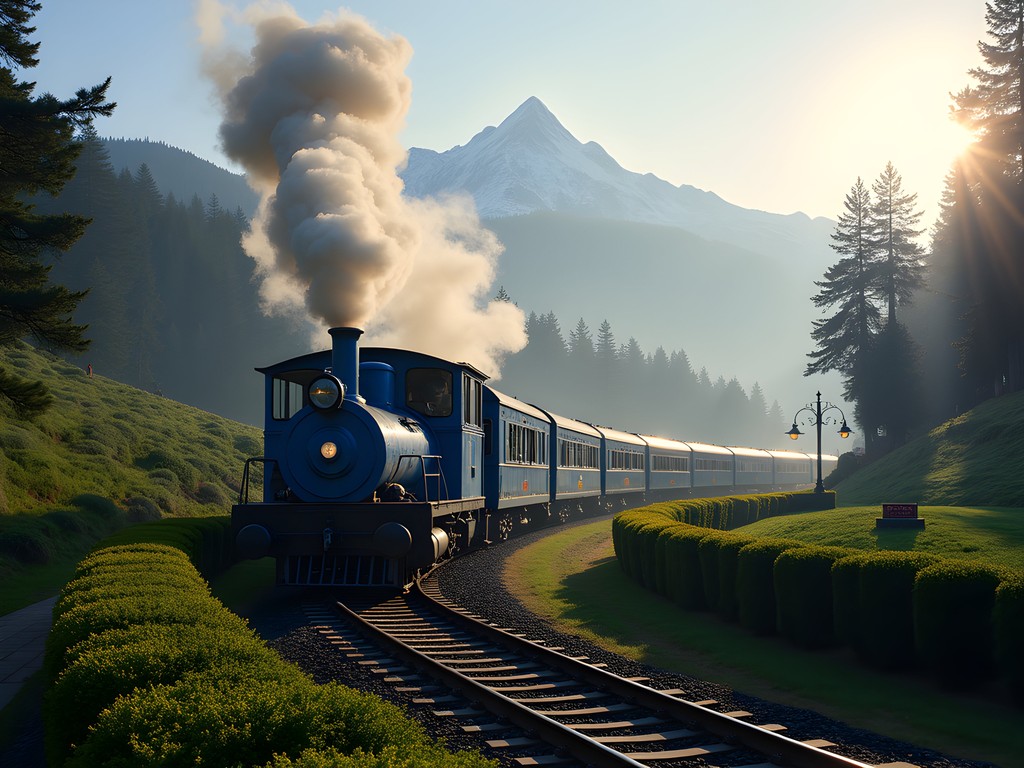
💡 Pro Tips
- Use a 35mm or 50mm equivalent lens for street photography to capture scenes without being intrusive
- When photographing inside monasteries, always confirm photography is permitted and never use flash
- For toy train photos, scout locations in advance and note train timings which often run behind schedule
Himalayan Vistas: Capturing the Mountain Majesty
Growing up in Arizona, I thought I understood mountain photography – until I met the Himalayas. The sheer scale of Kanchenjunga (the world's third-highest peak) and its neighboring giants demands technical skill and perfect timing to capture effectively.
Tiger Hill is the classic sunrise spot, but the crowds can be overwhelming. Instead, I discovered that the viewing deck at Peshoke offers equally stunning vistas with a fraction of the tourists. For truly unique compositions, hike the 2-hour trail to Tumling or spend a night at Tonglu dak bungalow (book through the Gorkhaland Territorial Administration offices in Darjeeling, 1500 rupees/night). From these vantage points, you'll capture panoramas few tourists ever see.
The clear winter air makes this season ideal for mountain photography, but the cold is no joke. My hand warmers became essential for those pre-dawn shoots when temperatures dip near freezing. Equally important was my insulated water bottle filled with hot chai – staying hydrated at altitude is crucial for maintaining both energy and creativity during long shooting sessions.
Don't just shoot the mountains themselves – look for compositions that include prayer flags, rhododendron trees (if visiting in early spring), or local shepherds to add scale and cultural context. These elements tell the complete story of the Himalayan landscape in a way that pure mountain shots sometimes miss.
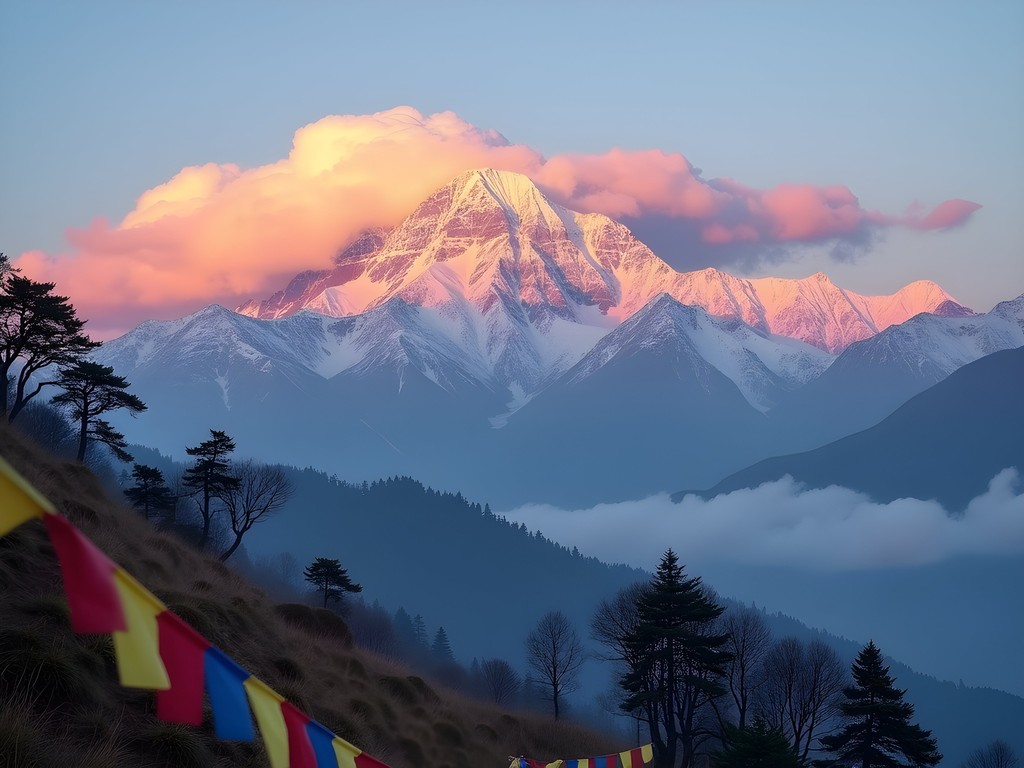
💡 Pro Tips
- Scout your sunrise/sunset locations the day before to find compositions in advance
- Use a graduated ND filter to balance exposure between bright mountain peaks and darker foregrounds
- Pack a headlamp with a red light mode for navigating to viewpoints before dawn without ruining your night vision
Budget-Friendly Accommodation & Transportation for Photographers
As a photographer who prioritizes spending on experiences rather than luxury stays, I've discovered Darjeeling's sweet spot of affordable accommodation with prime shooting access. Staying near the Chowrasta (Mall Road) puts you within walking distance of multiple viewpoints and the market, saving precious pre-dawn minutes when racing to catch the first light.
I've stayed at Revolver Hotel three times (1200-1500 rupees/night) – their Beatles-themed rooms aren't fancy but are clean and central. More importantly, they understand photographers' odd hours and will prepare early breakfast packets and thermoses of hot tea for sunrise missions. Another gem is Travellers Inn near Observatory Hill, where the rooftop offers surprise sunset views of Kanchenjunga on clear evenings.
For getting to distant photography locations, shared jeeps from the main stand are incredibly affordable (50-200 rupees depending on distance). For specialized photography trips, I recommend splitting a private jeep with other travelers (1500-2500 rupees/day). My secret weapon for finding photo companions was the travel community app where I connected with two other photographers to share costs.
Darjeeling's steep terrain is exhausting with heavy camera gear. Save your energy for actual shooting by using the local hand-pulled rickshaws for uphill climbs within town (negotiate around 50-100 rupees for short distances). And when the day's shooting is done, nothing restores tired muscles better than a travel foam roller – I use mine every evening to work out the knots from carrying my camera backpack up and down Darjeeling's countless stairs.
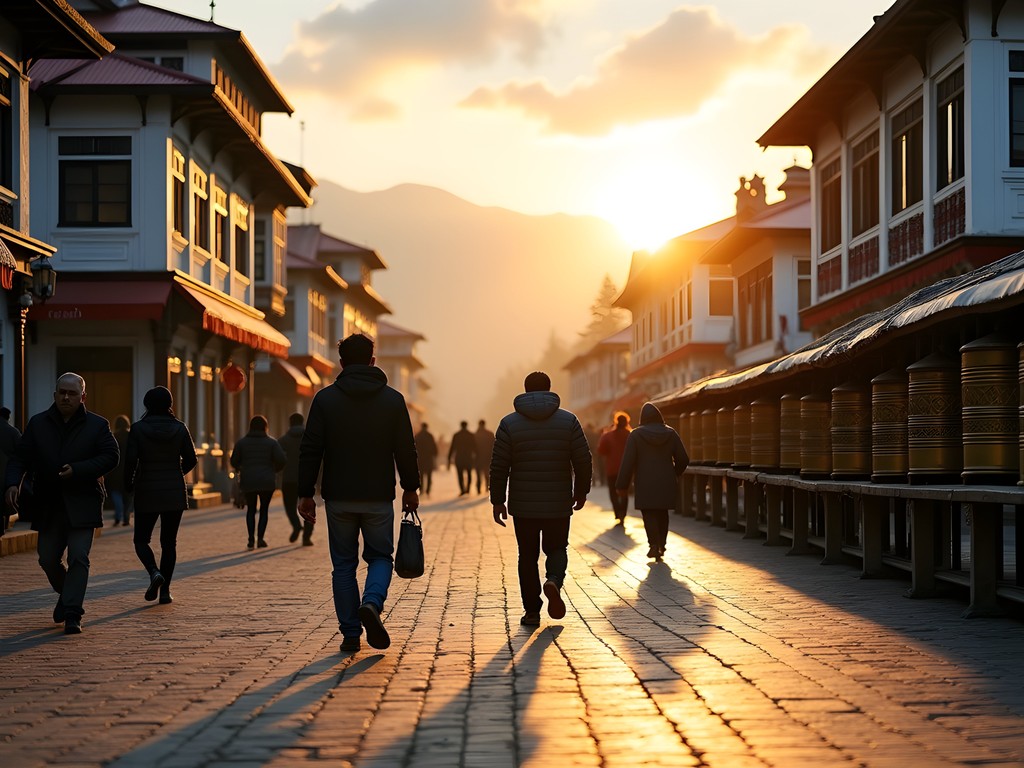
💡 Pro Tips
- Request a room on upper floors for better natural light when reviewing/editing photos
- Book accommodation with 24-hour hot water – critical for warming up after frigid sunrise shoots
- Use offline maps to mark potential shooting locations while exploring during daylight hours
Final Thoughts
As I packed my camera bag on my final morning in Darjeeling, carefully wrapping my memory cards filled with thousands of images, I realized that the true magic of photographing this place isn't just in the technical execution but in the unexpected moments between shots. The steam rising from a clay cup of chai handed to me by a tea garden worker. The laughter of schoolchildren who wanted to see their portraits on my camera's LCD screen. The silent companionship of other photographers at Tiger Hill, all of us holding our breath as the first light kissed Kanchenjunga's peak.
Darjeeling rewards the patient, observant photographer who rises early, stays out late, and isn't afraid to wander down unmarked paths. Come with your camera, yes, but also with an open heart and respectful curiosity. The photographs you'll create here will tell stories far beyond pretty landscapes – they'll capture a place where time moves differently, where cultures blend like the mist among tea bushes, and where even budget travelers can experience moments of pure visual poetry. ¡Hasta la próxima, Darjeeling! Until we meet again.
✨ Key Takeaways
- Winter offers the clearest mountain views but requires preparation for cold pre-dawn shoots
- Tea gardens photograph best in early morning when mist creates layered compositions
- Building relationships with locals leads to more authentic cultural photography opportunities
- Budget accommodations near Mall Road provide the best balance of affordability and shooting access
- The best Darjeeling photos often combine natural landscapes with cultural elements
📋 Practical Information
Best Time to Visit
November to January for clearest mountain views
Budget Estimate
$25-40/day including accommodation, food and local transport
Recommended Duration
5-7 days minimum for varied weather conditions
Difficulty Level
Moderate (High Altitude, Steep Terrain, Early Mornings)

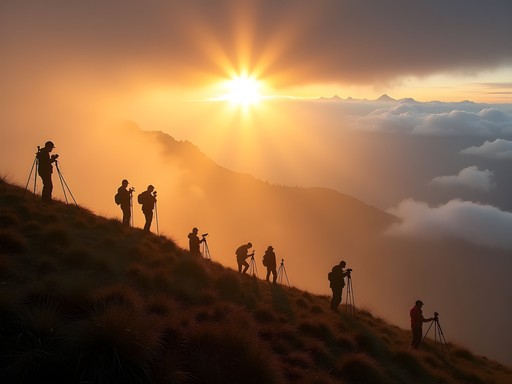

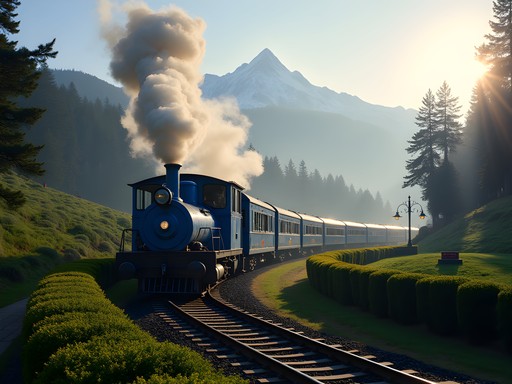

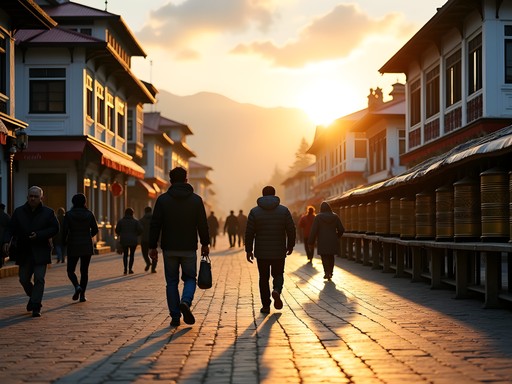




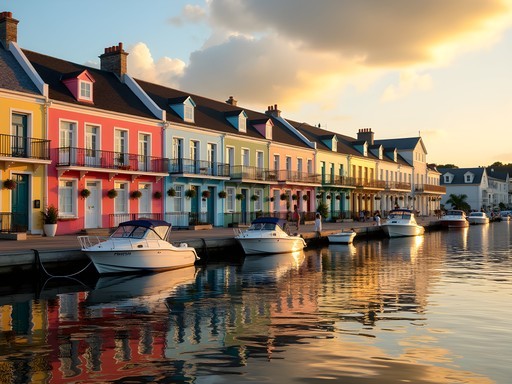
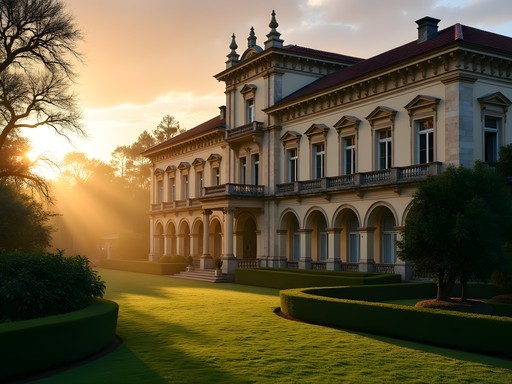


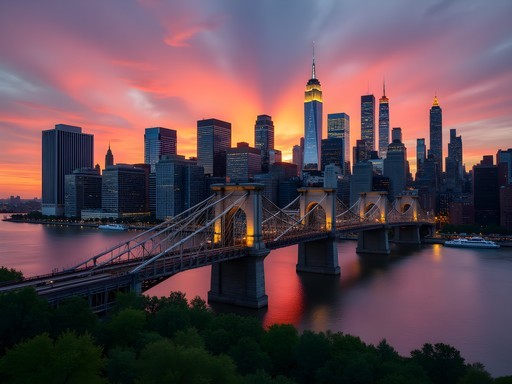
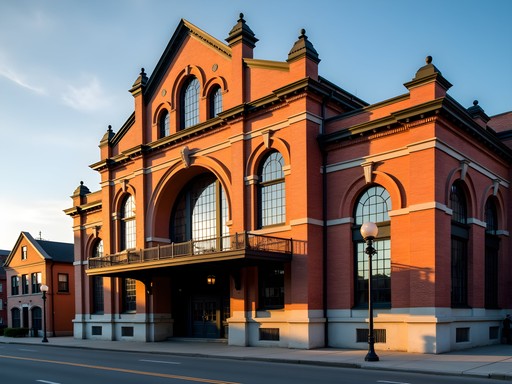
Comments
Jean Wells
Ingrid, your post brings back memories of my three weeks in Darjeeling last year! I'd add that the light changes dramatically between seasons. I visited in early November and found the morning haze much denser than your October shots. For anyone planning winter visits, I'd recommend a good polarizing filter - it made a world of difference when photographing the contrast between the white Himalayan peaks and the deep green tea terraces. The section about monastery photography is spot-on - I spent hours at Ghoom Monastery waiting for that perfect moment when the monks gathered for evening prayers. Their red robes against the dimly lit interiors create such atmospheric opportunities. My tripod was essential for those low-light monastery interiors.
skyace
Thanks for the polarizing filter tip! Would you say it's worth visiting in December or is it too hazy?
Jean Wells
December can be hit or miss. The mountains are clearest but temperatures drop significantly. Bring layers and be prepared for some foggy days where you see nothing at all. When it clears though, it's magical.
skyace
Those tea garden shots look incredible! Going to Darjeeling next month and definitely hitting Tiger Hill for sunrise now.
vacationking
Tiger Hill gets super crowded though! Get there at least an hour before sunrise to get a good spot.
skyace
Thanks for the heads up! Did you take the shared jeep or hire a private one?
vacationking
We did private - worth every rupee! Left at 4am but still barely got a good spot. The crowds are no joke!
Frank Garcia
Brilliant guide, Ingrid! I spent three weeks photographing Darjeeling last summer and would add that the light between the tea rows creates amazing patterns around 4-5pm. One tip I'd add: the humidity can wreak havoc on camera gear. I kept my equipment in a dry bag with silica packets whenever I wasn't shooting. My weather-sealed lens was worth every penny for those misty mornings. The section about photographing the Darjeeling Himalayan Railway is spot on - those vintage trains against the mountain backdrop are pure magic!
sunsetfan
Frank - did you find it easy to get permission to photograph inside the tea factories? I've heard some are strict about it.
Frank Garcia
It varies by factory. The Happy Valley Tea Estate was pretty accommodating if you join their official tour. Others required advance permission. Always best to ask first!
nomadtime
Those tea garden shots are incredible! Saving this for later.
wavelover
This post is giving me major wanderlust! I was in Darjeeling last year but my photos of Kanchenjunga from Tiger Hill came out terrible - all foggy and washed out. Wish I'd had these tips then! Did anyone else struggle with the morning haze when shooting there? I'm heading back next spring and definitely saving this guide.
Frank Garcia
The haze is definitely tricky! I found that a polarizing filter helps cut through some of that morning mist. Also, try shooting in RAW if your camera allows it - gives you way more flexibility to recover details in post-processing.
wavelover
Thanks Frank! Never thought of using a polarizer for haze. Will definitely try that next time!
Venture X
Premium card with 2X miles, $300 travel credit, Priority Pass